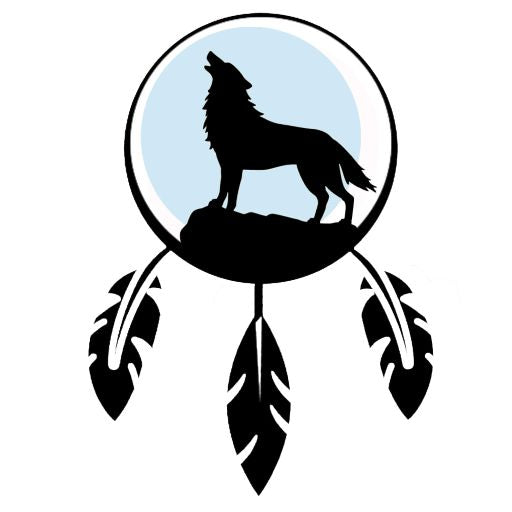Motifs and Symbols in Indigenous Crafts: A Spiritual Journey Through Culture

Indigenous crafts are more than just artistic expression; they are a living reflection of spiritual and cultural traditions passed down through generations. Every motif, every color, every shape used in an Indigenous creation has a meaning deeply rooted in the beliefs and history of the community. For the Innu, as for many other Indigenous nations, these symbols are a connection to their ancestors, nature, and the spirit world.
The importance of symbols in indigenous crafts
In Indigenous crafts, motifs are not merely aesthetic; they tell stories. For example, circular patterns, often found in necklaces and textiles, symbolize the interconnectedness of life, community, and nature. They represent the balance and harmony between humans, animals, and the Earth.
Geometric shapes, such as triangles or diamonds, are frequently used in textiles and embroidery. These motifs can symbolize sacred mountains, stars, or constellations, connecting handcrafted creations to the heavens and the spirit world. The zigzag pattern, meanwhile, can represent the movement of water, a vital and sacred element in many Indigenous cultures.
Natural materials: A connection with Mother Earth
In addition to the motifs, the materials used in Indigenous crafts also carry symbolic weight. Beads, feathers, and leather are materials often used, not only for their beauty but also for their spiritual significance. For example, feathers, often incorporated into jewelry and clothing, symbolize the connection with birds, which are considered messengers between the world of humans and the spirit world.
Beads, another key element, are often chosen based on their color and meaning. Blue, for example, often represents water and sky, essential elements of Indigenous life and spirituality. Red can symbolize the earth and life force, while white is associated with purity and ancestral wisdom.
Indigenous crafts: a living heritage to preserve
Purchasing Indigenous handicrafts goes far beyond acquiring a beautiful object. It directly supports artisans and contributes to the preservation of age-old traditions. On our online Indigenous Crafts store, each piece you buy is a unique work of art, imbued with meaning and culture. The artisans we represent, such as Dave Verreault-Thisselmagan and other Innu creators, strive to keep these ancestral practices alive while adding their own personal touch.
When you buy a necklace adorned with beaded motifs or a braided leather bracelet, you take with you a piece of that history and spirituality. Each creation is a bridge between ancient times and our modern world, a reminder that beauty resides not only in the object itself, but also in what it represents.
Conclusion: Bearers of culture and spirituality
Indigenous crafts offer a window into the beliefs, traditions, and values of Indigenous peoples. Each motif, each symbol, carries a message passed down through the ages, and by purchasing these creations, you participate in the transmission of this heritage. Explore our collection and discover the profound meanings behind each piece, to understand how Indigenous crafts are so much more than just decorative objects—they are a living part of Indigenous history.
Sources and references:
1. Indigenous Art and Culture: Motifs and Meanings - Indigenous Foundations
2. The Spiritual Symbols of Indigenous Craft - Cultural Survival
